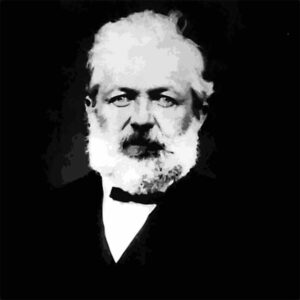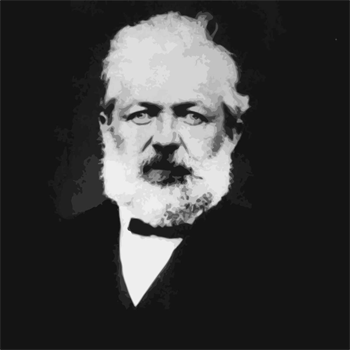
Gottfried Wagener. German. A great leader of the chemical industry and arts and crafts in Japan in the Meiji era.
He was born in Hannover, Germany in May 1830, studied chemistry at the University of Goettingen, and received a doctorate after graduation. 1870 (Meiji 3), at the age of 36, he came to Japan at the invitation of the Marquis of Nabeshima, and devoted himself to improving porcelain kilns at the Arita Porcelain Manufactory. In 1872, he became a teacher at the East School of the University (the predecessor of the University of Tokyo’s Faculty of Medicine), where he taught science and was involved in the Kangyo Dormitory’s entry to the Vienna World Exposition in Austria. In 1874, he returned to Japan and established the Tokyo School of Industrial Arts (now Tokyo Institute of Technology), where he became a professor, and also served as a professor of physical chemistry at Kaisei School (the predecessor of Tokyo University) and at a museum, In 1876, he was involved in the exhibition of cloisonne enamel ware at the World’s Columbian Exposition in Philadelphia, U.S.A., and compiled an exhibition description. In 1878, at the invitation of Kyoto Prefecture, he became a teacher at the medical school there (now Kyoto Prefectural Medical University), teaching chemistry and physics. In 1881 (IV), when the Bureau was abolished, he was again invited by the University of Tokyo to teach manufacturing chemistry, but from 1883 (VI) onward, in his spare time from teaching at the university, he rented the Edogawa Pottery Works and engaged in pottery manufacturing experiments at his own expense. He was again invited by the University of Tokyo to teach manufacturing chemistry. He first fired the unglazed pieces, then waxed them, dissolved them in pine oil (turpentine oil), applied colors as he saw fit, put them in an empty kiln to dissipate the pine oil and glaze them, and finally fired them.
Since the main purpose of this process was to apply colors under the glaze, it was naturally different from the process of painting on porcelain, where colors were applied over the glaze, and was most suited for painting unique to Japan. In 1884, he was commissioned by the Ministry of Education to teach at the Tokyo Industrial School (Tokyo Institute of Technology), and in 1885, he was appointed by the Ministry of Agriculture and Commerce to engage in industrial testing, and also to serve as a private advisor to many private individuals who gave him their ideas. The Ministry of Agriculture and Commerce donated plates, frames, and other vessels to the Ministry of the Imperial Household Ministry. In the spring of 1887, he moved his experimental site to the Tokyo Polytechnic School and began actual production. However, the name “Azuma-yaki” was changed to “Asahi-yaki” in the same year, as there were similar products. The paintings for Asahi Pottery were made by Araki Tanroi and Haruna Kinzan, and many of them were copied from famous old paintings by Tosa, Kano, and others. Wagner received many honors during his lifetime, including the Order of Franz Joseph from the Emperor of Austria in 1874, the Fourth Order of the Crown from the Prussian government in 1875, the Order of the Rising Sun, fourth class, from the Emperor of Japan in 1878, and the Order of the Imperial Guards in February 1892. In February 1892, he was appointed as an Imperial appointee to the Imperial Council of Ministers of State. He returned to Germany in September 1890, but came back to Japan in January 1892, contracted heart disease in September of the same year, and died on November 8 at his temporary residence in Surugadai Suzuki-machi (Chiyoda-ku), Tokyo. He died at the age of 62. He was awarded the Order of the Rising Sun, Gold Rays with Neck Ribbon for his services. Although Wagner was not a naturalized citizen, he devoted half his life to the crafts and arts of Japan.



